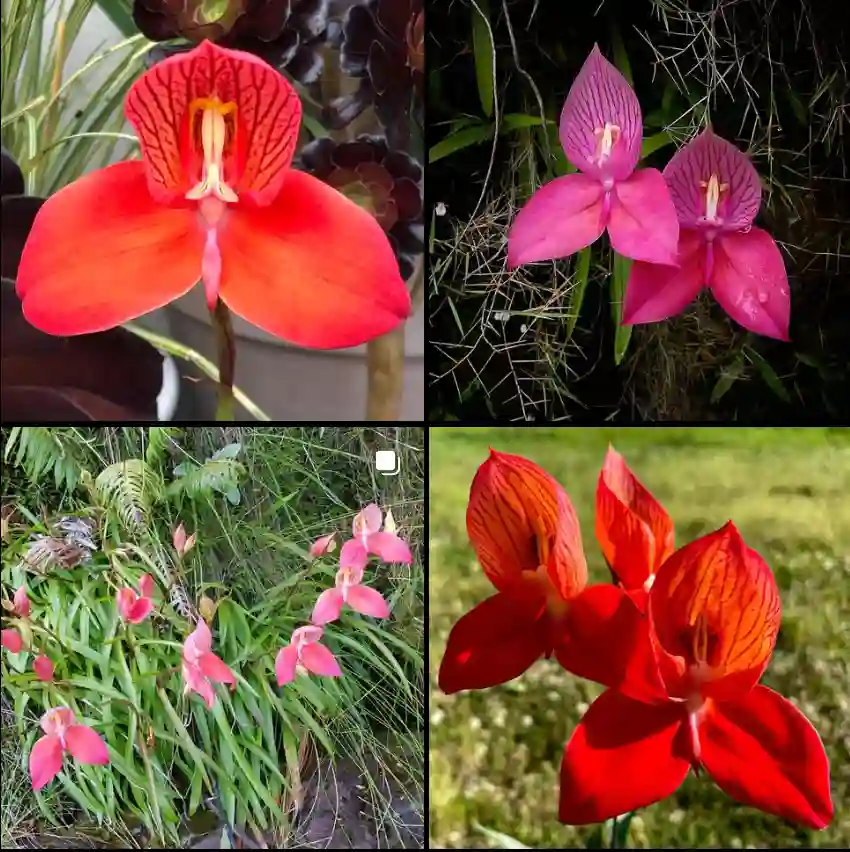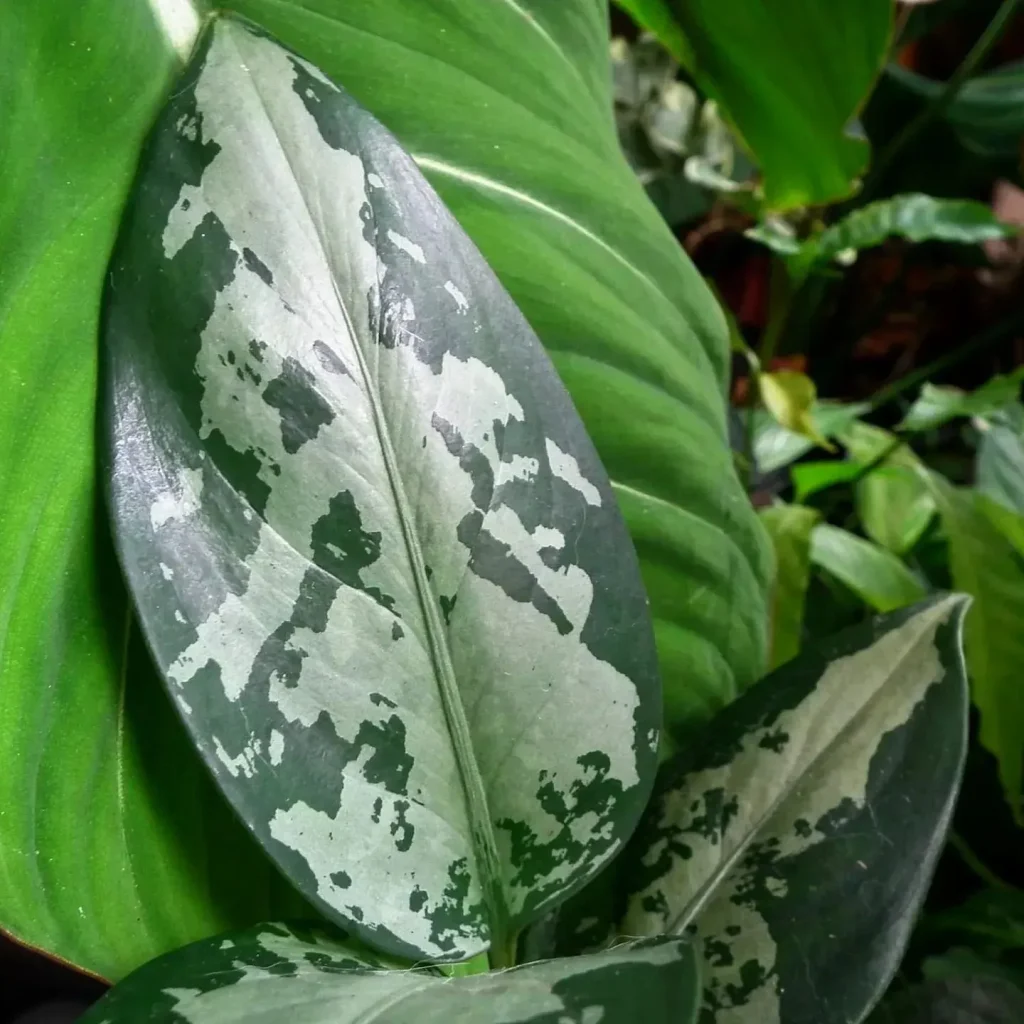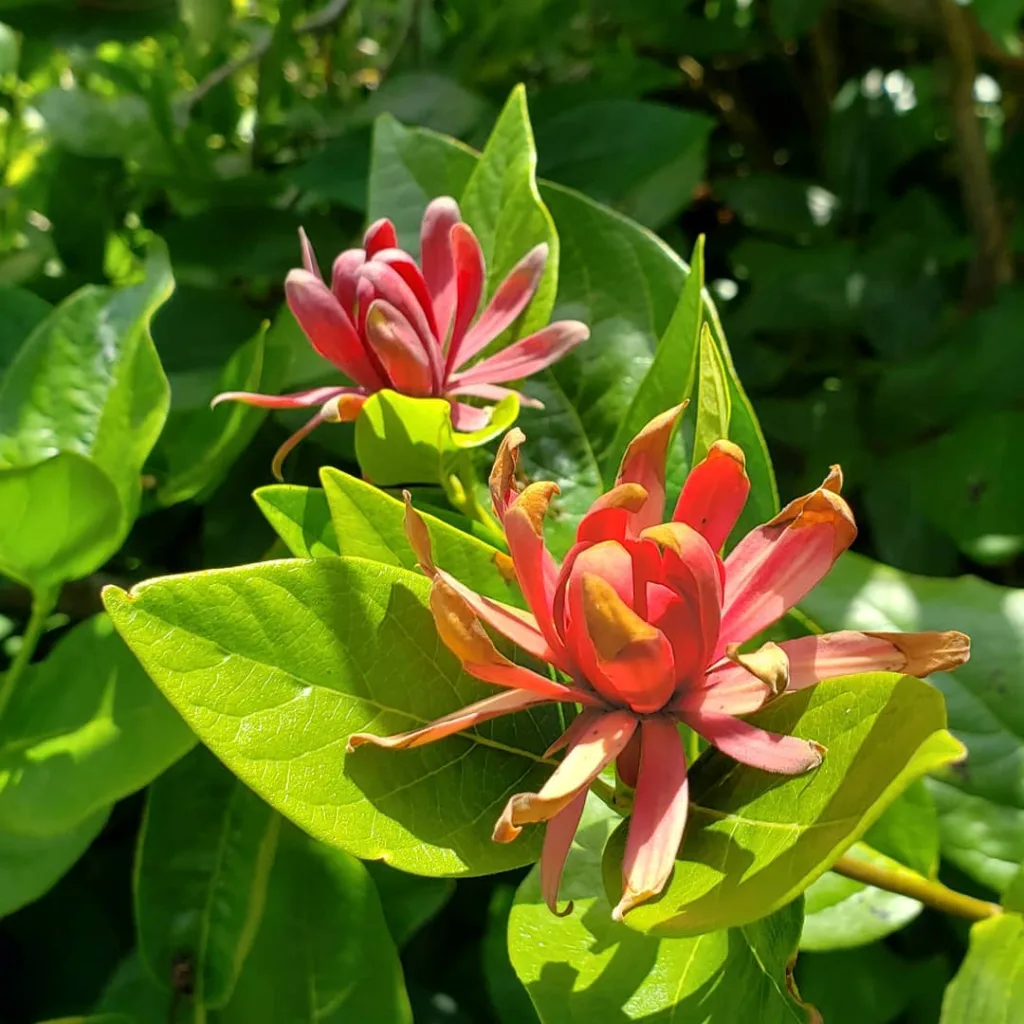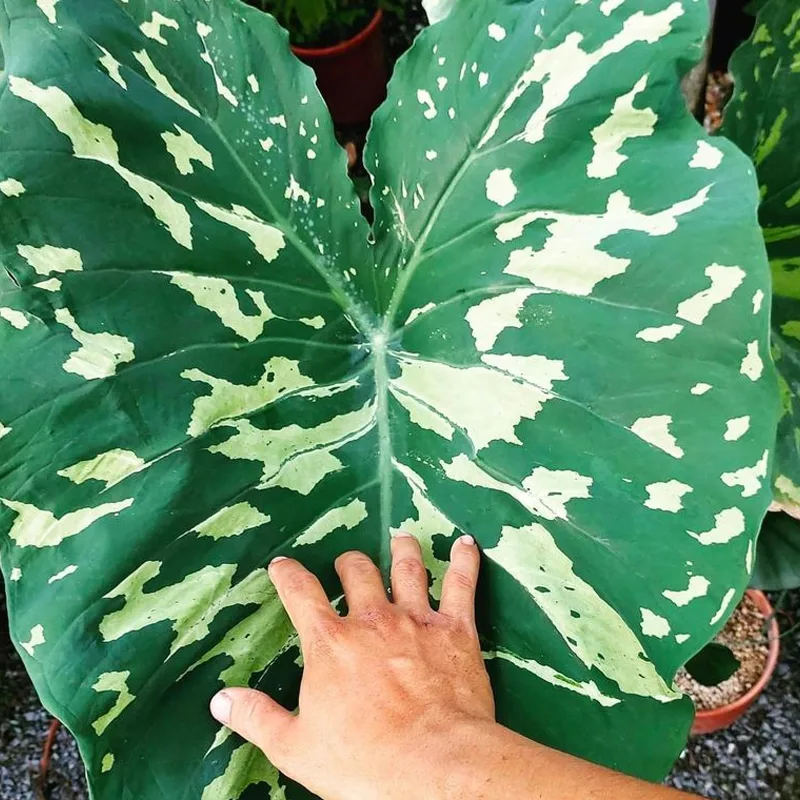FAQs About Potentilla Hebiichigo
Potentilla Hebiichigo, commonly known as the “Snake Strawberry”, is a fascinating plant that’s gaining popularity among gardeners and plant enthusiasts. If you’re considering adding this unique species to your garden, you might have some questions. Here’s a comprehensive guide to help you get acquainted with Potentilla Hebiichigo.
557 Species in Genus Potentilla – Cinquefoil
What Is Potentilla Hebiichigo?
Potentilla Hebiichigo is a perennial herbaceous plant belonging to the Rosaceae family. Its name, which translates to “Snake Strawberry,” hints at its distinctive appearance. The plant is known for its small, strawberry-like fruit and delicate, five-petaled flowers that can range in color from white to pink. It’s native to the mountainous regions of Japan and has become a sought-after addition to gardens due to its ornamental value and unique characteristics.
How to Care for Potentilla Hebiichigo?
Caring for Potentilla Hebiichigo requires attention to a few key factors:
- Light Requirements: This plant thrives in full sun to partial shade. Ensure it gets at least 4-6 hours of sunlight daily for optimal growth.
- Soil Conditions: Potentilla Hebiichigo prefers well-drained soil with a slightly acidic to neutral pH. A mix of sandy loam or loamy soil works best. Avoid waterlogged conditions, as this can lead to root rot.
- Watering: Regular watering is essential, especially during the growing season. Keep the soil consistently moist but not soggy. Reduce watering during the dormant period in winter.
- Fertilization: Feed the plant with a balanced, all-purpose fertilizer during the growing season. A spring application followed by another in mid-summer is usually sufficient.
- Pruning: Light pruning can help maintain the plant’s shape and remove any dead or diseased growth. Perform this task in late winter or early spring before new growth begins.
How to Propagate Potentilla Hebiichigo?
Propagation of Potentilla Hebiichigo can be done through seeds or division:
- Seeds: Start seeds indoors 6-8 weeks before the last frost date. Sow the seeds in a seed-starting mix and keep them in a warm, well-lit area. Transplant the seedlings outdoors after the risk of frost has passed.
- Division: Divide the plant in early spring or fall. Carefully dig up the plant and separate the root clumps. Replant the divisions in well-prepared soil and water thoroughly.
What to Plant With Potentilla Hebiichigo?
Potentilla Hebiichigo pairs well with a variety of other plants in the garden:
- Perennials: Combine it with other low-maintenance perennials like Echinacea, Lavender, or Daylilies to create a colorful and diverse garden bed.
- Ground Covers: Plant it alongside ground covers like Creeping Thyme or Sedum to fill in gaps and provide a lush ground cover.
- Ornamental Grasses: Pairing with ornamental grasses like Fountain Grass or Blue Fescue adds texture and contrast to the garden design.
Is Potentilla Hebiichigo Toxic?
No, Potentilla Hebiichigo is not considered toxic to humans or pets. This makes it a safe choice for family gardens and areas frequented by pets. However, as with all plants, it’s best to prevent ingestion and monitor pets to avoid any potential issues.
Benefits of Potentilla Hebiichigo
- Aesthetic Appeal: The plant’s striking flowers and unique fruit make it an attractive addition to any garden. Its unusual appearance can serve as a conversation piece.
- Low Maintenance: Once established, Potentilla Hebiichigo requires minimal care, making it ideal for busy gardeners or those seeking a low-maintenance garden.
- Pollinator Friendly: The flowers attract pollinators like bees and butterflies, supporting local wildlife and promoting biodiversity in your garden.
Common Problems with Potentilla Hebiichigo
- Pest Issues: Watch out for aphids and spider mites, which can affect the plant. Regular inspection and natural pest control methods can help manage these issues.
- Diseases: Root rot can occur if the plant is in poorly drained soil. Ensure proper drainage and avoid overwatering to prevent this problem.
- Winter Hardiness: In colder regions, Potentilla Hebiichigo might require some winter protection. Mulching around the base can help insulate the roots during the winter months.
How Does Potentilla Hebiichigo Compare to Similar Plants?
Potentilla Hebiichigo is often confused with other members of the Potentilla genus and related plants like Fragaria (strawberries). Unlike true strawberries, which produce edible fruit, Potentilla Hebiichigo is grown primarily for its ornamental value. Its smaller, more delicate fruit and unique flower structure set it apart from other garden plants.
In comparison to Potentilla ‘Goldfinger’ or Potentilla ‘Mondays’, Hebiichigo offers a more exotic look with its distinct fruit and flowering habit. It also differs from common groundcovers like Creeping Jenny, which is more robust and less delicate.
Final Thoughts
Potentilla Hebiichigo is a wonderful addition to any garden, offering beauty and interest with its unique features. By understanding its care requirements and benefits, you can ensure that this charming plant thrives in your garden. Whether you’re a seasoned gardener or a newbie, Potentilla Hebiichigo is a plant worth considering for its distinctive appeal and ease of maintenance.
If i die, water my plants!



